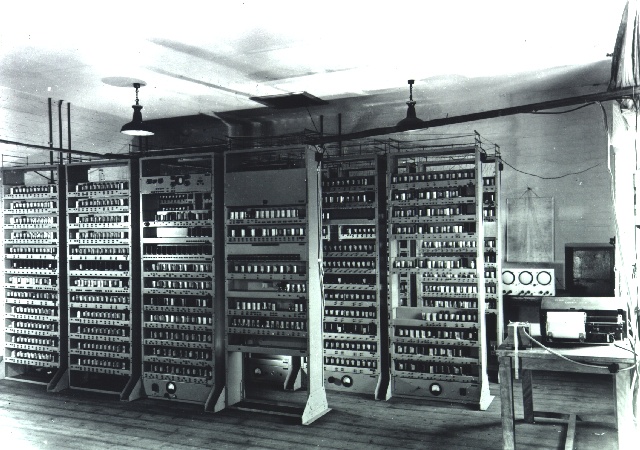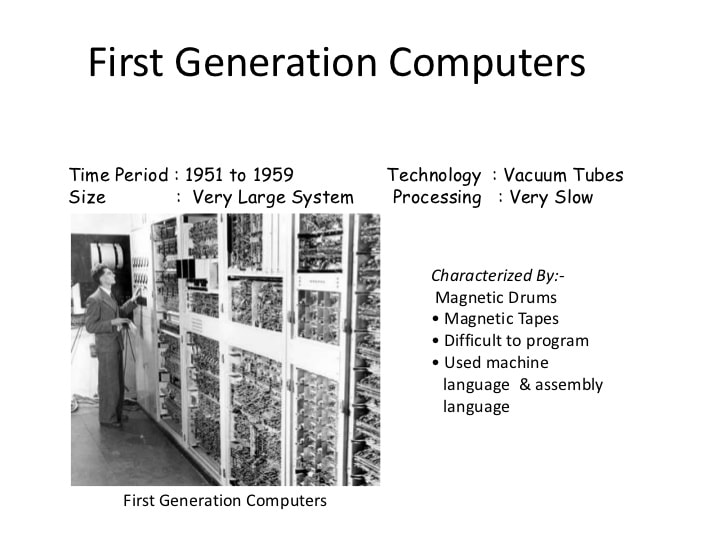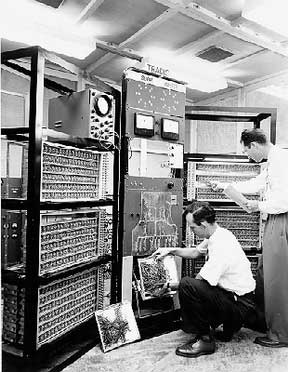-
A
PARAM
-
B
CRAY-1
-
C
PARAM ISHAN
-
D
EPRAM
A
Answer:
A
Supercomputer
These are the fastest and most expensive machines. They have high processing speed compared to other computers. Supercomputers are most powerful, large in size and memory, compared to all other computers. The speed of supercomputers are measured in FLOPS (Floating Point Operations Per Second).
Supercomputers are used for highly calculation intensive tasks, such as weather forecasting, nuclear research, military agencies and scientific research laboratories.
(i) CRAY-1 was the world’s first supercomputer introduced by Seymour R CRAY in 1976.
(ii) PARAM was the first supercomputer developed in India in 1990.
(iii) PARAM ISHAN is the latest machine in the series of PARAM made by C-DAC and IIT Guwahati on 20th September, 2016.
 Introduction to computer MCQ
Introduction to computer MCQ  Information Technology
Information Technology  Computer Hardware
Computer Hardware 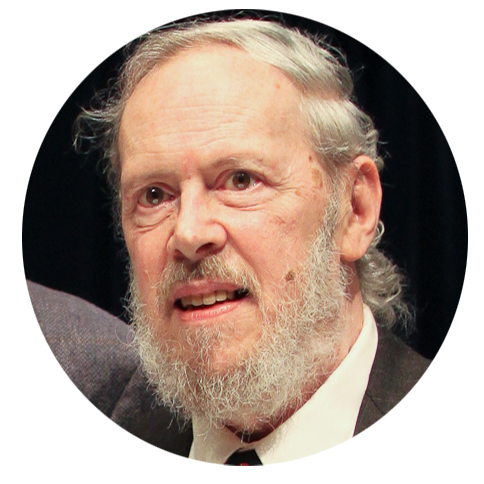 Father of Computer Programming
Father of Computer Programming 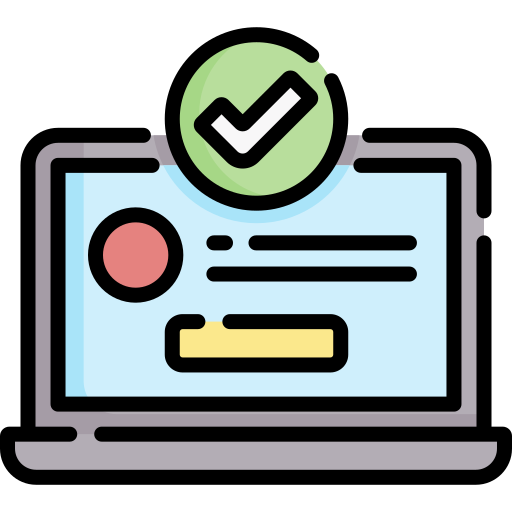 Computer Generations
Computer Generations 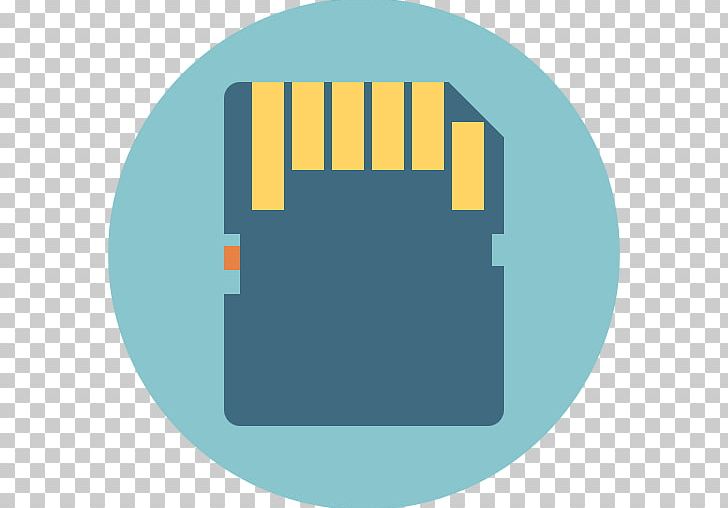 Computer Memory
Computer Memory  Computer Database
Computer Database  Computer Operating System
Computer Operating System  Computer Software
Computer Software 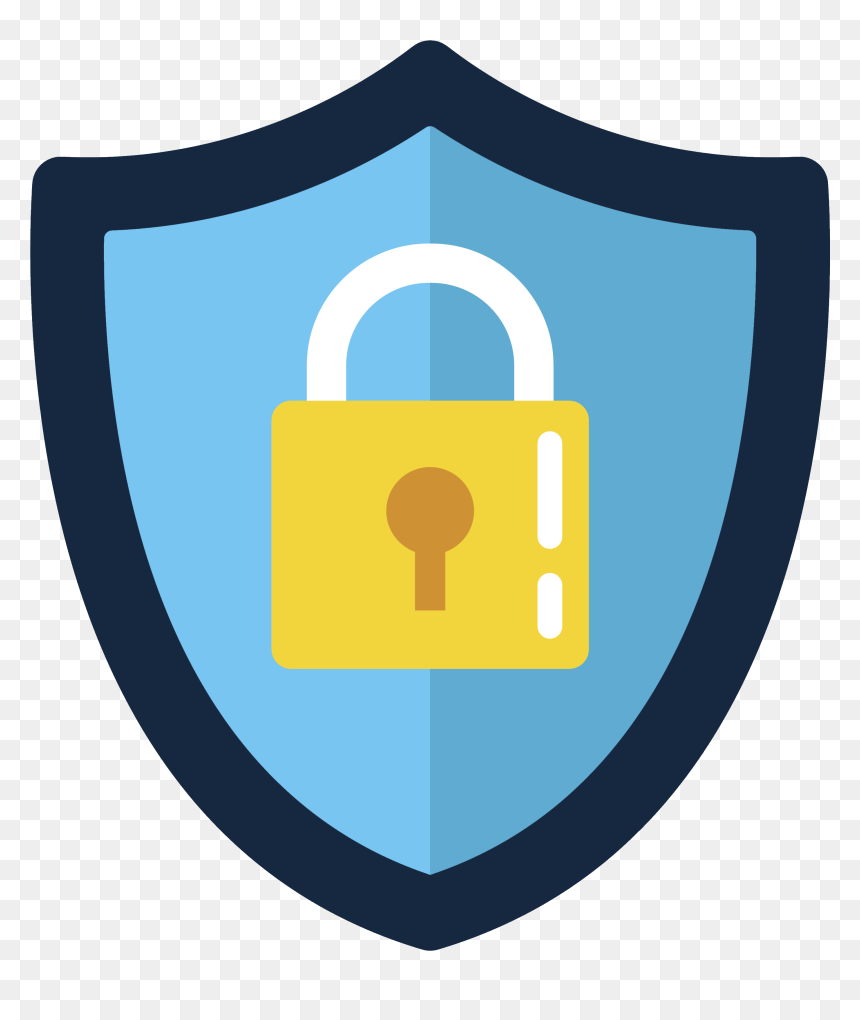 Computer Security
Computer Security 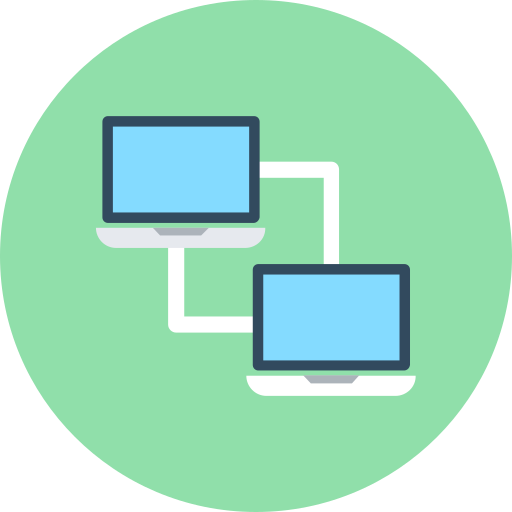 Computer Network
Computer Network 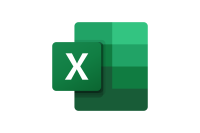 Microsoft Excel
Microsoft Excel 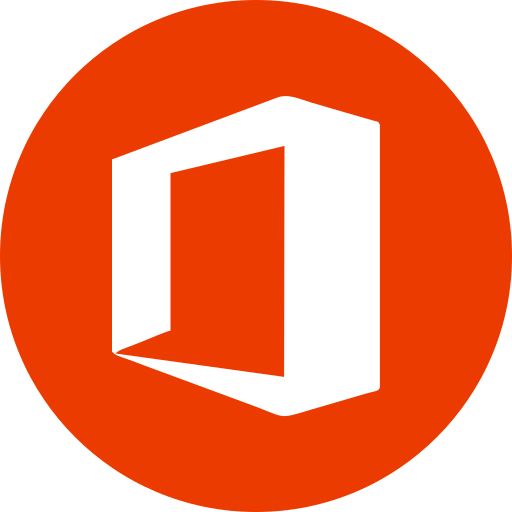 Microsoft Office
Microsoft Office 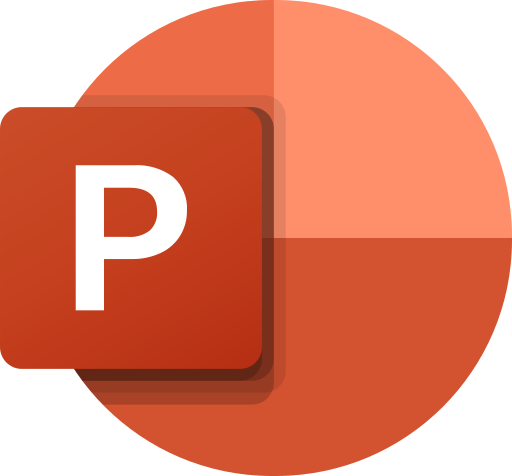 Microsoft Powerpoint
Microsoft Powerpoint  Important File Extensions
Important File Extensions 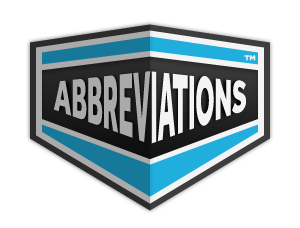 Important Abbreviations Computer Awareness
Important Abbreviations Computer Awareness  Data Communication and Networking
Data Communication and Networking 